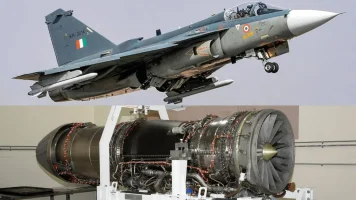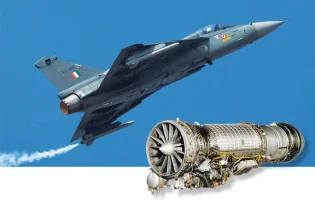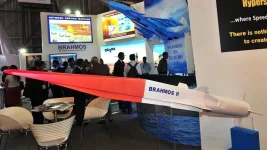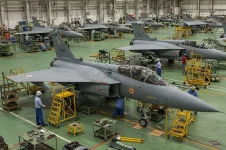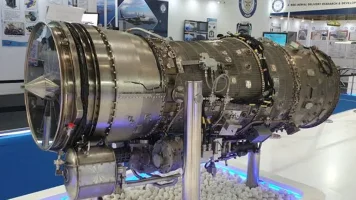- Views: 2K
- Replies: 12
The Ministry of Defence has authorised a major acquisition valued at $7.64 billion, significantly strengthening India's military power. The Indian Air Force (IAF) is set to induct an additional 110 BrahMos-A air-launched supersonic cruise missiles as part of this new procurement.
The approval also includes the purchase of 87 advanced, heavy-duty drones, signalling a clear commitment to modernising the armed forces and enhancing the nation's strategic defence posture.
This decision follows the BrahMos-A missile's recent and highly effective combat debut during the "Operation Sindoor." In its first operational use, the weapon system was instrumental in crippling key infrastructure of the Pakistan Air Force. The precision strikes successfully targeted and neutralised enemy airbases and runways, establishing the missile as a combat-proven asset for the IAF.
The BrahMos-A is the airborne variant of the formidable BrahMos missile, recognised as the fastest supersonic cruise missile in the world.
Developed by BrahMos Aerospace, a joint venture between India's Defence Research and Development Organisation (DRDO) and Russia’s NPO Mashinostroyeniya, its name is a portmanteau of the Brahmaputra and Moskva rivers.
he missile travels at speeds between Mach 2.8 and 3.0, carrying a high-explosive warhead of 200–300 kg.
Following India's induction into the Missile Technology Control Regime (MTCR), its range has been extended to over 450 km, with future versions planned to reach up to 800 km.
The integration of the BrahMos-A with the IAF's premier Su-30MKI fighter jets provides a powerful standoff strike capability, allowing pilots to engage high-value targets from well outside the range of enemy air defences.
The missile’s advanced design includes a low radar signature and a flexible flight path, cruising at altitudes up to 15 km before making its final attack as low as 10 metres from the ground.
This combination of speed, precision, and stealth makes the BrahMos-A extremely difficult to intercept, a capability that was reportedly validated during its recent deployment.

